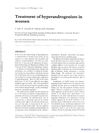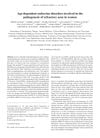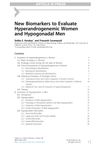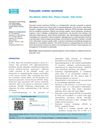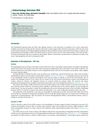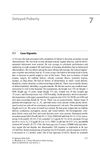The Laboratory in the Multidisciplinary Diagnosis of Differences or Disorders of Sex Development (DSD)
July 2021
in “
Advances in laboratory medicine
”
testosterone dihydrotestosterone estradiol LH FSH AMH inhibin B INSL3 cortisol aldosterone ACTH LHRH HCG gene dosage variations high-throughput DNA sequencing 46,XY DSD intrauterine virilization DHT estrogen luteinizing hormone follicle-stimulating hormone anti-Müllerian hormone insulin-like 3 adrenocorticotropic hormone gonadotropin-releasing hormone human chorionic gonadotropin DNA sequencing
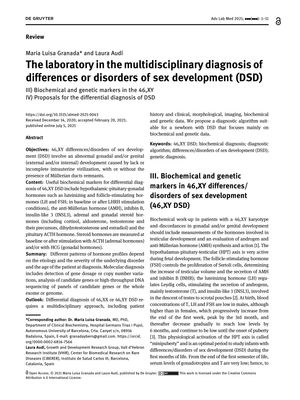
TLDR Diagnosing sex development disorders requires combining medical history, physical exams, imaging, lab tests, and genetic data.
The document discusses the diagnosis of 46,XY differences/disorders of sex development (DSD), which are conditions characterized by abnormal gonadal and/or genital development due to issues with intrauterine virilization. It highlights the importance of various biochemical markers for differential diagnosis, including hormones like LH, FSH, AMH, inhibin B, INSL3, cortisol, aldosterone, testosterone, dihydrotestosterone, estradiol, and ACTH. These hormones are measured at baseline or after stimulation tests with LHRH, ACTH, or HCG. The document also emphasizes the role of molecular diagnosis, which involves detecting gene dosage variations, analyzing candidate genes, and using high-throughput DNA sequencing techniques. The conclusion suggests that diagnosing DSD requires a multidisciplinary approach that integrates patient history, clinical examination, morphological and imaging studies, as well as biochemical and genetic data. A diagnostic algorithm is proposed for newborns with DSD, focusing on biochemical and genetic information.
